Blog
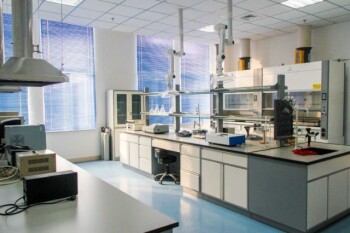
Choosing the Right Muffle Furnace for Laboratory Needs
10 months agoGuide on selecting muffle furnaces based on temperature, chamber size, and other critical factors.
Learn More
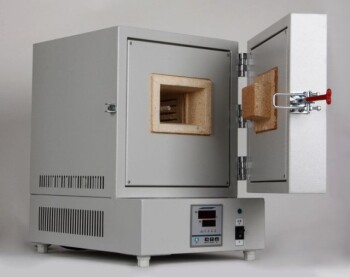
Factors Influencing the Performance and Price of a Muffle Furnace
10 months agoAn exploration of the materials and manufacturing processes affecting muffle furnace performance and pricing.
Learn More
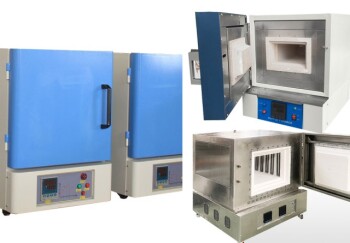
Choosing the Right Chamber Muffle Furnace Size
10 months agoGuidelines for selecting the appropriate chamber size for a muffle furnace based on sample size, number of samples, process needs, and more.
Learn More

Major Equipment in a Dental Laboratory
10 months agoOverview of essential dental lab equipment including casting, porcelain, polishing, and more.
Learn More
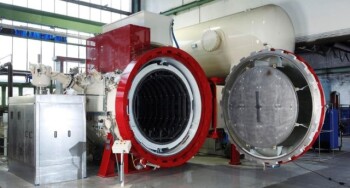
Understanding the Vacuum Sintering Furnace: Components and Functions
10 months agoAn in-depth look at the key components of a vacuum sintering furnace and their roles in material sintering.
Learn More

Common Issues and Solutions in Dental Furnace Sintered Denture Procedures
10 months agoThis article discusses common problems encountered during dental furnace sintered denture procedures and provides solutions.
Learn More
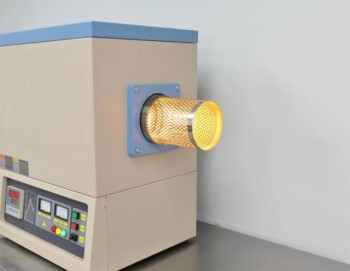
How to Choose a Laboratory Tube Furnace
10 months agoGuide on selecting a laboratory tube furnace based on temperature, sample size, temperature zones, and functions.
Learn More
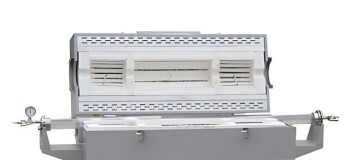
Understanding the Temperature Zones in Tube Furnaces
10 months agoExplores the roles and impacts of different temperature zones in tube furnaces, focusing on constant temperature zones and their selection criteria.
Learn More
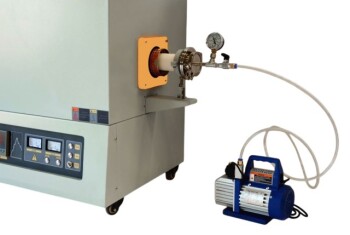
Vacuum Tube Furnace Sintering Gas Operation Procedure
10 months agoDetailed steps for operating a vacuum tube furnace using a sintering gas.
Learn More
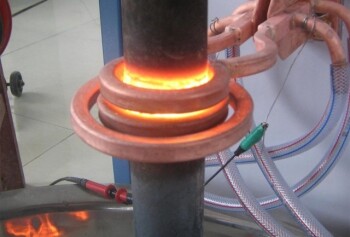
Quenching Methods in Vacuum Tube Furnaces
10 months agoAn overview of various quenching methods used in vacuum tube furnaces for optimal heating and cooling processes.
Learn More

Atmosphere Oven Use, Precautions, and Cleaning Steps
10 months agoDetailed guide on using, precautions, and cleaning steps for an atmosphere oven.
Learn More
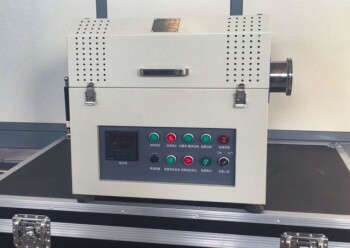
Working Principle and Structure of Atmosphere Rotary Oven Furnace
10 months agoDetailed analysis of the structure, control systems, heating principles, and applications of atmosphere rotary oven furnaces.
Learn More
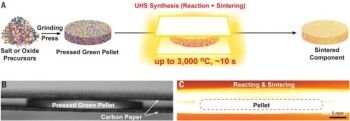
Working Principles and Performance Characteristics of Various Sintering Furnaces for Advanced Ceramics
10 months agoAn in-depth analysis of different sintering furnaces used in advanced ceramics manufacturing, focusing on their working principles and performance characteristics.
Learn More

Importance of Vacuum Leak Detection in Vacuum Atmosphere Furnaces
10 months agoExplains the necessity of vacuum leak detection in vacuum atmosphere furnaces and the methods used for such detection.
Learn More

Operational Guide for Inert Atmosphere Protection Furnace in Mixed Atmosphere
10 months agoDetailed guide on operating an inert atmosphere protection furnace in a mixed atmosphere, emphasizing gas control, safety measures, and process adjustments.
Learn More

Vacuum Atmosphere Furnaces: High Temperature Processes and Applications
10 months agoAn overview of vacuum atmosphere furnaces, their types, structures, and applications in high-temperature processes.
Learn More

Improving Usage of Atmosphere Furnaces
10 months agoGuidelines and precautions for effective and safe operation of atmosphere furnaces.
Learn More

Understanding Vacuum Atmosphere Furnace Temperature Control and Heat Transfer
10 months agoAn in-depth look at vacuum atmosphere furnace temperature control and the various heat transfer mechanisms.
Learn More

Classification and Characteristics of Controlled Atmosphere Heat Treatment Furnace
10 months agoAn overview of different types and key features of controlled atmosphere heat treatment furnaces.
Learn More

Atmosphere Furnace Gas Monitoring: Importance and Applications
10 months agoDiscusses the necessity and methods of gas monitoring in chamber atmosphere furnaces for various high-temperature processes.
Learn More

Choosing the Right Tube Furnace for Laboratory Use
10 months agoGuidelines on selecting tube furnaces based on temperature, sample size, temperature zones, functions, and vacuum pumps.
Learn More

Understanding Laboratory Tube Furnaces
10 months agoAn in-depth look at the structure, advantages, installation, precautions, and differences between tube and box resistance furnaces.
Learn More

Energy-Saving Benefits of Vacuum Atmosphere Tube Furnaces
10 months agoExploring how vacuum atmosphere tube furnaces optimize energy use through design and operational techniques.
Learn More

Carrier Materials and Refractory Properties in Vacuum Furnaces
10 months agoAn in-depth look at the materials and refractory properties essential for the operation of vacuum furnaces, including their applications and recommended materials.
Learn More
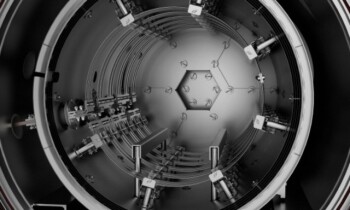
Vacuum Tube Furnaces: Routine Maintenance and Frequently Asked Questions
10 months agoGuidelines and solutions for maintaining vacuum tube furnaces and addressing common issues.
Learn More

Vacuum Furnace Types and Applications
10 months agoOverview of different vacuum furnace types and their uses in various heat treatment processes.
Learn More
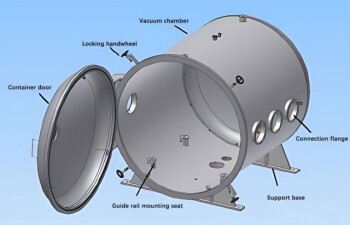
Laboratory Vacuum Furnace Operating Procedures
10 months agoDetailed steps for operating a vacuum furnace in a laboratory setting.
Learn More

Chip Manufacturing: Comprehensive Guide to the Annealing Process
10 months agoDetailed exploration of the annealing process in semiconductor fabrication, its types, key parameters, and applications.
Learn More

Application of Vacuum Heat Treatment Technology
11 months agoExploring the evolution and benefits of vacuum heat treatment in metal processing.
Learn More
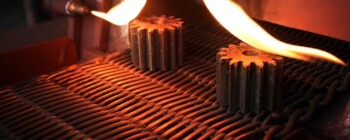
Structural Features and Functions of Vacuum Furnaces in Powder Metallurgy
11 months agoThis article discusses the structural features and functions of vacuum furnaces, focusing on their use in powder metallurgy processes.
Learn More